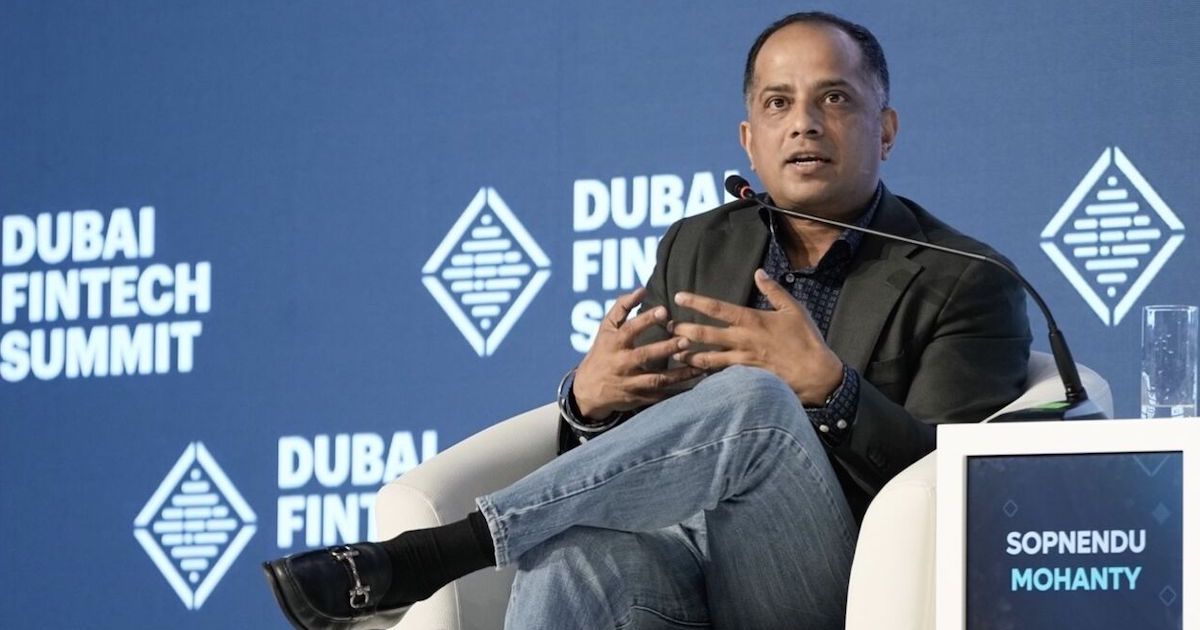MAS CFO says regulators need to understand technology

Over the past decade, Singapore has earned its reputation as a fintech hub. Through the collaborative efforts of regulators and industry, the city-state has cultivated a balance between innovation and safety – to ensure that consumers are protected as they enjoy the benefits of new technologies.
This is a fine line to balance, one that requires continuous effort. As new innovations – whether blockchain or AI – emerge, they bring with them threats that need to be addressed as they arise.
For example, the crypto market has gone through a series of downturns, most recently due to the collapse of companies including FTX. Such incidents reveal institutional deficiencies that must be addressed before the industry can move forward. It is up to regulators to introduce policies that can restore confidence and prevent such incidents from occurring again.
To do that, there is a need for active involvement in the industry. Regulators need to understand the technology they are dealing with in order to control it effectively.
Speaking on a panel at the Dubai Fintech Summit 2023, Monetary Authority of Singapore’s (MAS) Chief Fintech Officer Sopnendu Mohanty emphasized: “You cannot run an ecosystem with pure politics. [Regulators] have to get their hands dirty in the technology area.”
Mohanty went on to talk about three key strategies that are essential for any country looking to position itself as a fintech hub, and his insights shed light on MAS’s approach to policymaking and regulation of new technologies.
Drive public-private partnerships
The first strategy emphasizes the need for the public and private sector to collaborate on key industrial projects. When it comes to use cases that can change the economy of the future, everyone should be involved.
“As a regulator, you cannot leave technology to the industry itself,” explains Mohanty. If private companies are left to innovate on their own, the lack of guardrails can often create problems. As seen with crypto, technology can develop at a rapid pace and often without appropriate risk considerations.
When regulators step in too late, they are left behind. As such, they are forced to stifle innovation without properly understanding it, which can do more harm than good.
It is important that regulators and the industry come together and create public-private projects. [This] allows the industry to start believing that certain technologies will be accepted by both regulators and customers.
We are the first central banker to publish code on GitHub in the public domain. Imagine a central banker setting up code for industry to engage – it sends a strong signal that you intend to create a better system.
– Sopnendu Mohanty, Chief Fintech Officer, MAS
Regulatory involvement can be a sign that a technology is safe to use, and public-private partnerships can help establish trust and drive consumer adoption for new technologies.
Build public infrastructure
The next strategy – a much tougher one to implement, according to Mohanty – is to ensure that important public infrastructure is in place. This includes having highly efficient systems for payment and digital ID, among other things.
“You have to build these before you even think about being a fintech center.”
Mohanty believes fintech companies should be responsible for innovation and build good business models on top of this core infrastructure. They should not build the infrastructure itself.
“You don’t want fintech arbitration to be an inefficient system,” says Mohanty. “You have to put together public infrastructure to avoid this.”
AML and KYC tools serve as an example of this. These are common systems required across financial institutions and should ideally be provided by the public sector.
“Why should banks commit to a joint project like AML? Why do you want fintechs to solve an inefficient payment system? Regulators should remove these common problems [by developing infrastructure].”
Active intervention
Finally, active intervention is essential for an ambitious fintech hub – “not in good times, but in bad times,” explains Mohanty. “When the crypto market has gone bad, it is not the time for regulators to take off. They should get into the market and understand what has gone wrong.”
After all, it is these errors that must be accounted for. Regulators must do their part to mitigate volatile and unexpected downturns.
Mohanty supports the use of public hearings to understand what can be done better in the future, and considers it necessary to gain insight from industry members who have ground-level knowledge of the issue.
Aside from crypto, this applies to other technologies as well. “If AI goes the wrong way, we should go into the system and understand the risk – it makes a difference to the ecosystem,” says Mohanty.
Active intervention can help manage the lag between technology and policy. “Today they are in different cycles. If investors put money in without thinking about regulations and regulators come in after a 10-year cycle, this will never work. Politicians have to [work with the industry] and improve engagement.”
Featured Image Credit: Sopnendu Mohanty via LinkedIn

























